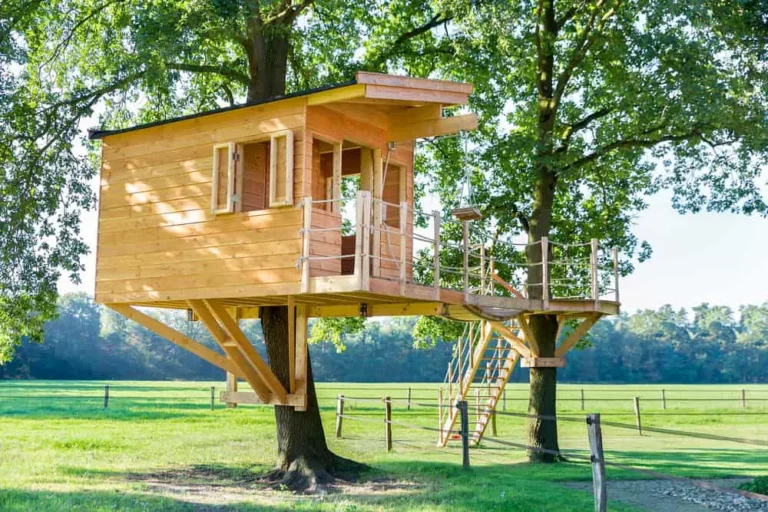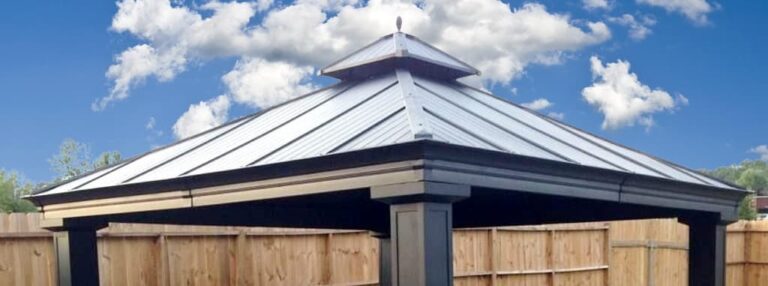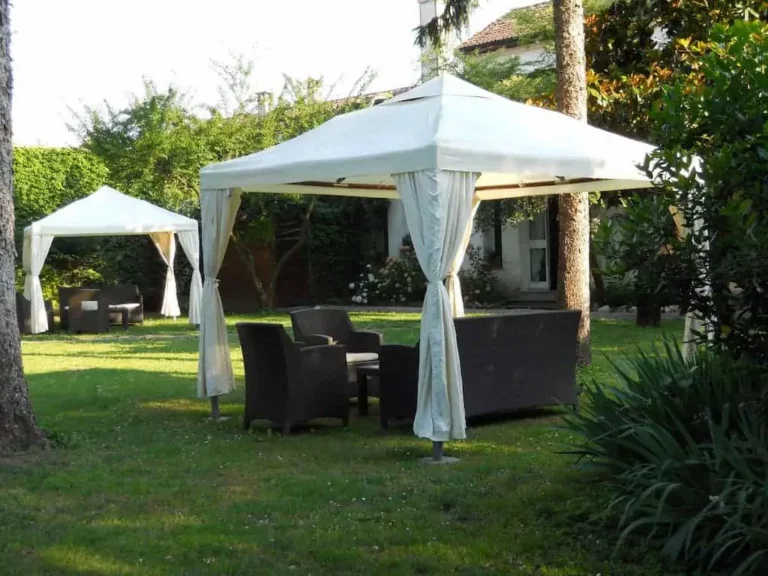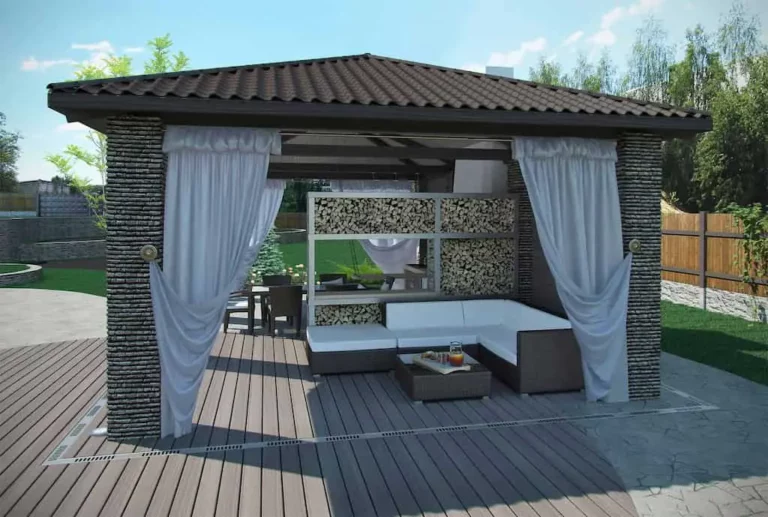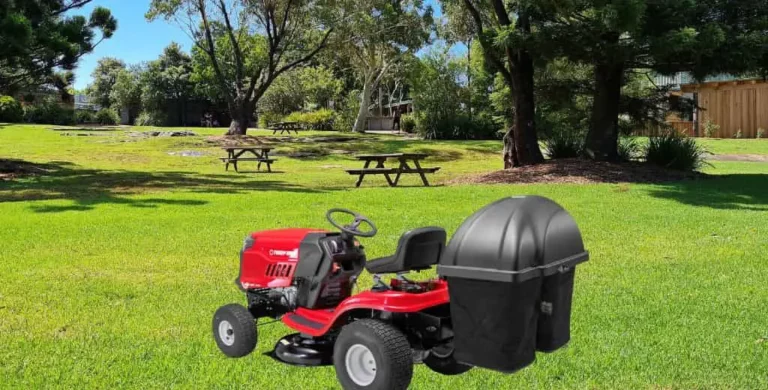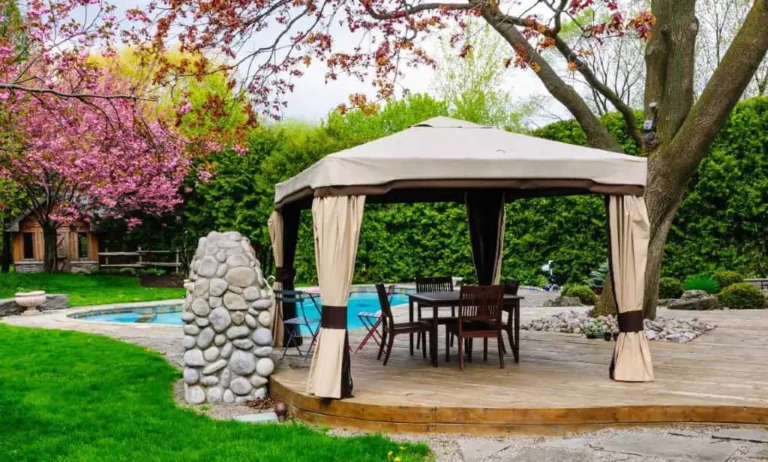Treated or Untreated Wood for Shed
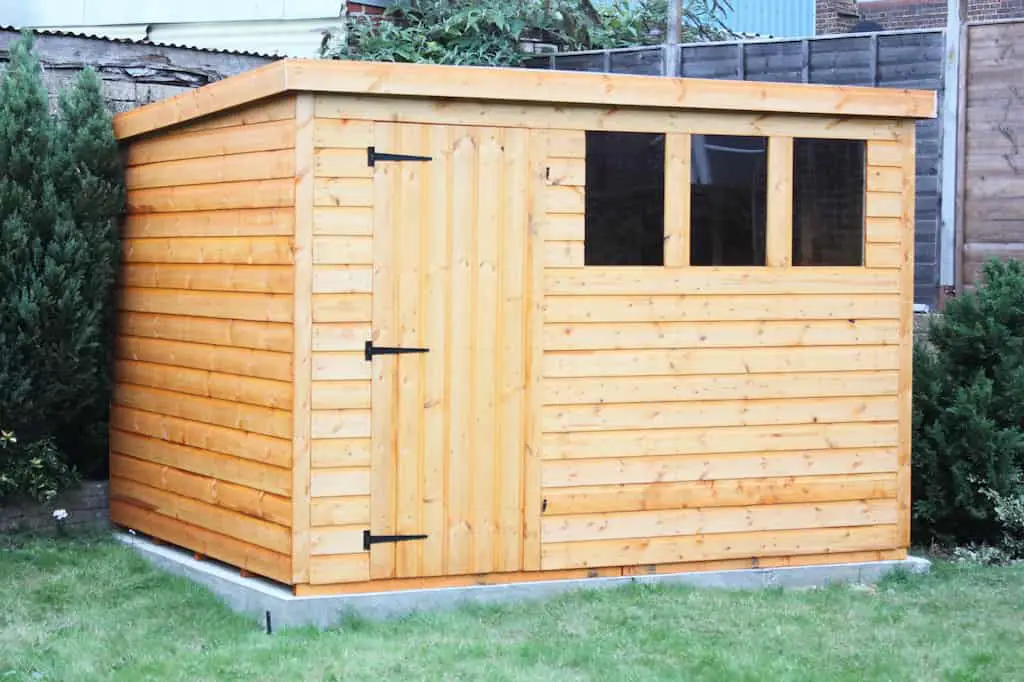
Building a backyard shed is often more cost-effective than purchasing a pre-made shed and having it transported to your home. If this is your first time building a shed on your own, then you probably have some questions about what type of wood to use. So, which is better for a shed — treated or untreated lumber?
Treated wood is the best option for a shed, due to the shed’s outdoor placement. Pressure-treated wood is ideal, as it’s designed to resist the effects of the sun, precipitation, and fungal or termite infestations. This wood will prevent rot for decades, even when in contact with wet or damp soil.
In this article, we’ll discuss several reasons why treated wood is the way to go when building your dream shed. We’ll also cover some useful tips if you choose the alternate route and select untreated wood instead. Read on to learn more.
Treated Wood vs. Untreated Wood
Before we talk about the merits of each type of wood, let’s explore their differences first.
Untreated wood, for one, is bare, natural wood. It’s literally what you get when you chop a tree.
Treated wood, on the other hand, is infused with preservatives and chemicals. It’s done to prevent rot, deterioration, and damage that the elements may inflict.
Treated Wood
Treated wood first came into being in the 1930s. It was made possible by Dr. Karl Wolman, who devised a way to dose wood with chemical preservatives.
The procedure, known as pressure treatment, involves putting the wood in a tank and depressurizing it.
Chemical is then pumped into the tank, which penetrates the wood quickly due to the high pressure.
To date, wood is treated four ways. They’re differentiated according to the recommended use – above ground, ground contact, permanent wood foundation, and saltwater usage.
Pressure treatment is more common in softwoods. Since they have more sap, they’re wetter than hardwoods. Expectedly, they’re more prone to moisture or sun damage, which is why they warrant treatment.
Because of the products used, treated wood is known to have an olive-green color and a chemical smell. They also come with end tags, for they help identify the substances used for the treatment.
Benefits of Treated Wood
Because of the intensive treatment involved, this wood is perfect for places exposed to the sun, rain, and soil. They’re also resistant to termites or fungal infestation.
Given these properties, they’re perfect for projects that need to last for a long time.
Due to these chemicals, treated wood is known to be more expensive. Although this is the case, it offers good value for your money.
Case in point: treated wood can last a long time, up to 40 years, to be exact. That means you get to save money because you don’t have to replace the wood for decades.
Disadvantages of Treated Wood
While treated wood has its merits, it has some drawbacks too. Because it uses chemical treatment, it’s not recommended for projects that people (and other living things) can readily access.
After all, these chemical mixes often include arsenic, pentachlorophenol, or creosote.
Humans – as well as animals – may absorb these chemicals through repeated contact with the wood.
For this reason, treated wood is not used in deck or playground projects.
Untreated Wood
Hardwood is the common untreated wood you’ll find in the market. Because they’re not as wet and less durable than softwood, they don’t require chemical treatment.
Given that untreated wood is au naturale, its smell is fresh – one you could expect when you cut through a piece of wood.
Benefits of Untreated Wood
Untreated wood is often used in projects that come in contact with water, animals, plants, and of course, children.
For one, it’s free of chemicals that may be harmful to one’s health.
It’s also cheaper since it doesn’t make use of costly substances.
Disadvantages of Untreated Wood
Compared to treated wood, untreated wood won’t last that long. It will deteriorate due to rain, fungal, and termite infestation.
According to a report, 2 by 4 inch (5.08 to 10.16 cm) untreated wood stakes will last for two to four years when exposed to the elements. That means that you’re more likely to have to replace untreated wood after less than a decade, thus costing you more money in the long run.
Treated ones, on the other hand, can last for as long as four to six years.
Such is especially the case if you place it close to the ground (e.g., using it as a floorboard.) Moisture can easily seep into the untreated wood, thus deteriorating it faster than intended.
Damage can also occur when the wood is used on the roof, for sun exposure can warp it through time.
Which Is Better: Treated Wood or Untreated Wood?
Given treated wood’s features, it’s considered ideal for sheds, as well as garages, decks, and treehouses.
After all, it can resist the damage caused by the sun, rain, fungi, even termites.
Treated wood is better for building shed frames, floors, and exterior walls. Likewise, it can be used alongside other alternatives such as plywood or the oriented strand board. Untreated wood is best for decks and wooden playgrounds, as it doesn’t contain harmful chemicals.
Tips on Using Untreated Wood for Your Shed
As mentioned, untreated wood is best for shed projects due to its durability and strength.
That said, you need to be careful in handling and using this type of wood. It’s treated with chemicals, which you may absorb with prolonged exposure.
So before you make your shed, always keep these safety tips in mind:
Choose the Right Kind of Treated Wood
The best wood to use for your shed is one marked FDN. That means it’s cured according to the provisions of the American Wood Preservers’ Bureau.
An FDN treated wood comes with a retention rate of 0.6 pound (0.27 kg) of preservative per cubic foot.
Although borate-treated wood isn’t harmful to humans, they aren’t recommended for sheds because the chemical might leach into the ground.
Because of this, make sure to check the wood before you build your shed. Borate-treated wood has a bluish color and is often labeled Bor, Tim-Bor, or Hi-Bor.
Apart from borate-treated wood, you need to avoid those treated with Chromium Copper Arsenate (CCA) or Ammoniacal Copper Arsenate (ACA) as well.
While they’re used for residential projects due to their longevity (they last 31 and 32 years, respectively,) it’s not ideal for creating decks and playgrounds.
As the name suggests, CCA and ACA contain cancer-causing arsenic. Sadly, this doesn’t come with a distinguishable scent, so be careful when checking treated wood!
Protect Yourself
Even if you’re using ‘safe’ treated wood, it’s crucial to protect yourself. For one, you can coat the exposed areas with a water-repellent stain.
As always, wear gloves before you pick them up and handle them.
For best results, make sure to wear a mask and goggles as well. It’s best to saw wood with a sharper tool, for it helps reduce sawdust production.
Likewise, sawing should be done in a well-ventilated area or a closed space with a high-efficiency particulate filter.
Remember: exposure to sawdust can lead to a variety of health problems, including:
- Conjunctivitis
- Runny nose
- Sore throat
- Allergic dermatitis
- Occupational asthma
Clean the Area – And Yourself As Well
At the end of the day, make sure to clean treated wood scraps and sawdust.
If you have extra treated wood, don’t burn it, for it will emit harmful chemicals into the atmosphere. Instead, dispose of it in a nearby landfill.
More importantly, make sure to clean yourself at the end of each day. You don’t want to bring treated wood residue right inside your home.
If You’re Going To Use Untreated Wood, Coat It
Although treated wood is best for your shed, you may opt to use untreated wood. And why not? Not only is it cheaper, but it’s devoid of harmful chemicals, too.
That said, it wouldn’t last as long as the treated ones. So if you want to make your untreated wood more durable, make sure to coat it with a protective, water-repellent layer.
REada my article about How Much Does It Cost To Insulate A Shed?
Final Thoughts
Treated wood, given its durability against the elements, is the best choice for your shed. But since it’s infused with harmful chemicals, they need to be handled and used carefully. Choosing the right kind of treated wood – and wearing protective gear – should keep you safe while you complete your shed project.
